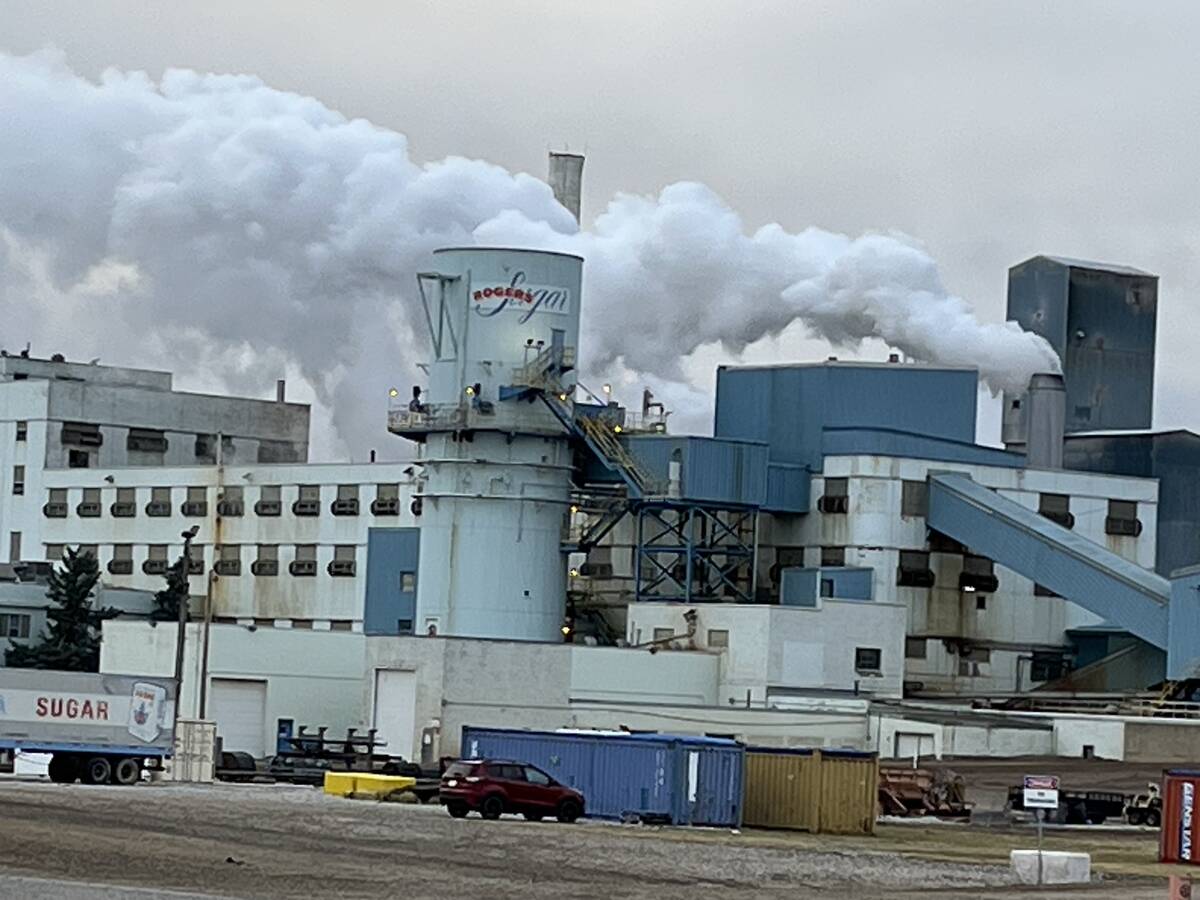WOODSTOCK, Ont. — Producers often say part of farming’s appeal is that it gives them a direct, working relationship with land and livestock.
However, some farm chores are best not tackled by people.
The first robots began to handle commercial milking on dairy farms about 12 years.
Earlier this month, half a dozen companies were offering milking equipment at Canada’s Outdoor Farm Show in Woodstock, Ont., and many more were selling barn automation equipment and computerized tools.
One of them was DeLaval of Sweden, which sells dairy production tools. Earlier this month it sold its 10,000th robotic milking parlour to a farm near Fergus, Ont.
Company representative Mark Futcher said robotics improve not only the lives of farmers but also those of the cattle.
“The ideal group size for a dairy farm is one cow. All attention is on that animal, we ensure that it gets everything it needs to make the most milk possible and be as healthy and productive over the long term as it can be,” he said.
“Automatic milking allows cows to be the individuals they can be, on their schedule.”
Futcher said the return on investment is 2.5 to three minutes per milking per cow, three times a day, which adds up when 60 to 65 cows are milked per robot.
Read Also

Sugar beet harvest underway in southern Alberta
Alberta Sugar Beet Growers hosts field tour to educate the public on the intricacies of the crop, its harvest process, and contracts with Lantic Sugar
“The first discussion we had about automated milking took place back in 1980 and the first VMS (robotic system) was installed in 1999,” he said.
“The first market acceptance was with the early adopters and then it expanded to be something that most farms want to have, and (they) trust will make them more efficient.”
He said producers often don’t put enough value on their time.
“If they weren’t putting that time into jobs that machines can do, they need to ask themselves what else they could be doing on or off the farm.”
Amanda Den Haan and her family bought the 10,000th DeLaval system. She said the family anticipates spending the same amount of time in the barn after the robot is installed, but it will be on a more human-friendly schedule and will allow more time for family activities and hobbies.
Parlours in Canada typically sit idle most of the day because of smaller herd sizes. Allowing animals to self milk and feed at will means producers make better use of those parlours.
Canadian farmers typically sanitize and wash the parlour three times a day and then open it to cows for milking on the animals’ schedules.
Managing a cow as an individual has positive outcome for milk yields and feed efficiency and extends beyond the robotic arms and feed wagons.
Data collection from each animal while it milks allows producers to accurately track production and alerts farmers if animals fall outside of their typical range. It also lets producers manage production in a real-time environment.
Peter Langenbeeke, who heads up the Dutch firm Lely in North America, said the Canadian dairy farming business is one of the most profitable and stable in the world. Producers here are known for their practical investment in their genetics and dairy farm infrastructure.
“When we started out 20 years ago, we focused on (robotic) milking (and) we quickly realized that there was far more we could do to reduce intervention with the cattle and make farms more labour efficient.”
Both companies have expanded barn automation to include feeding and manure management, as well as data collection and administration.
“Robots offer consistency, and that benefits animals and people,” Langenbeeke said.
“Automation allows for better use of investments in the farm.”















